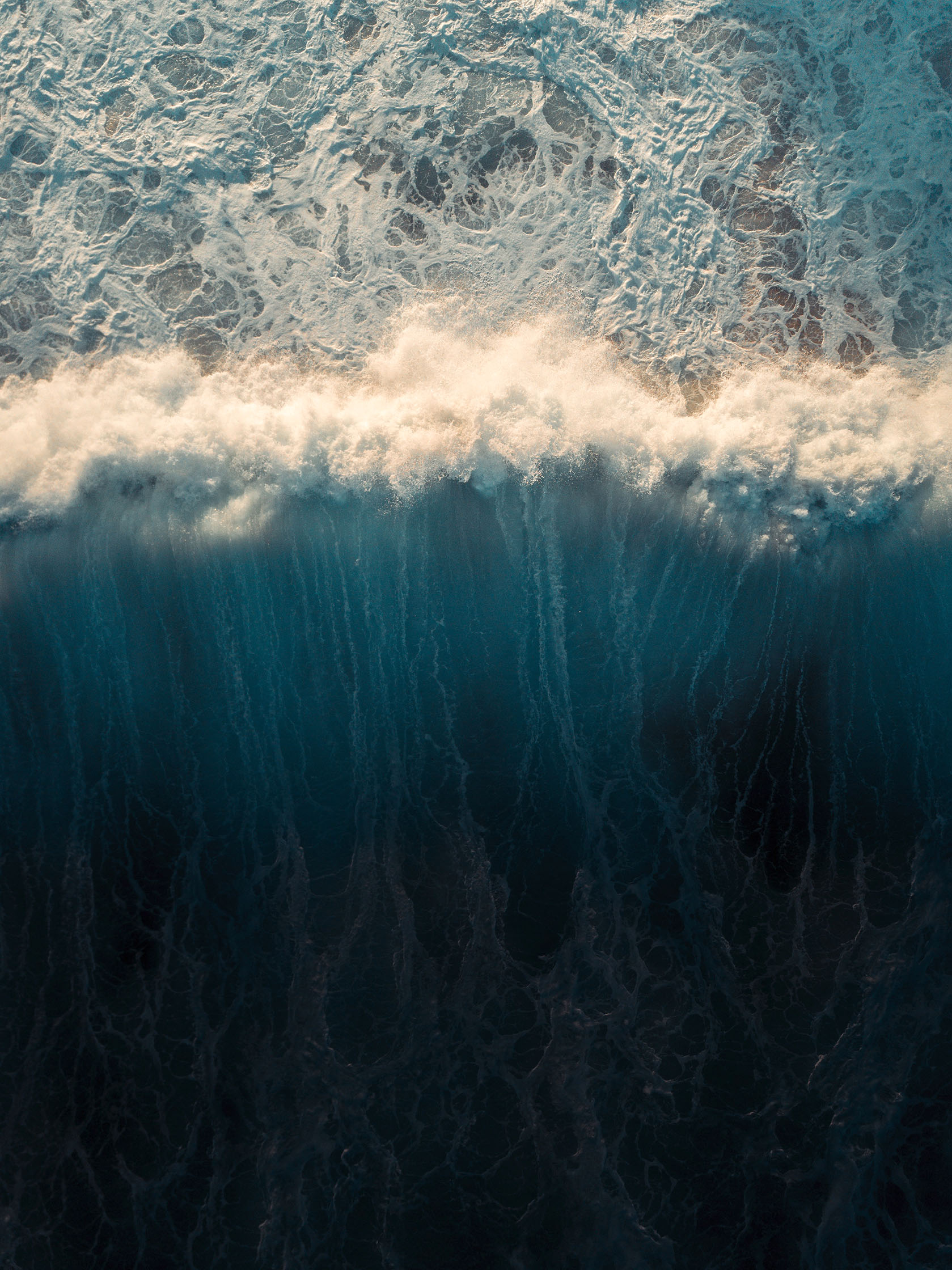The knowledge associated with marine litter is increasing rapidly. Satellite technology enables to captures images of the Earth on a global scale and with a consistent time frame, offering unprecedented possibilities for Earth and water monitoring. However, the potential of this technology for marine litter detection is still mostly unknown.
Lobelia Earth’s project MIREIA is a pioneer in using Synthetic Aperture Radar (SAR) for the identification and monitoring of plastic signatures in marine environments.

In collaboration with isardSAT and the Oceanographic Institute of the Balearic Islands, Mireia project investigated SAR technology potential to detect litter in marine environments and the factors affecting its detection capabilities, such as meteorological information and sensor configurations.

Space-borne Synthetic Aperture Radar (SAR) technology offers a wide-swath monitoring service of water environment in all-weather and all-lighting conditions, as radar technology is independent from cloud coverage and sunlight.
Information gathered by the radar sensor and from in-situ observations was used to train a pattern recognition model based on computational intelligence in identifying litter signatures in SAR images of aquatic environments.

The capability of SAR to detect marine litter will open extensive applications in campaign planning, litter detection and monitoring in aquatic environment and the development of new satellite missions requirements.


Are you interested in plastic detection from space?
Lobelia is highly involved in this field, with several projects addressing marine litter detection and leading initiatives to improve international marine litter research and cooperation.
Visit our section Ocean to know more or contact us.